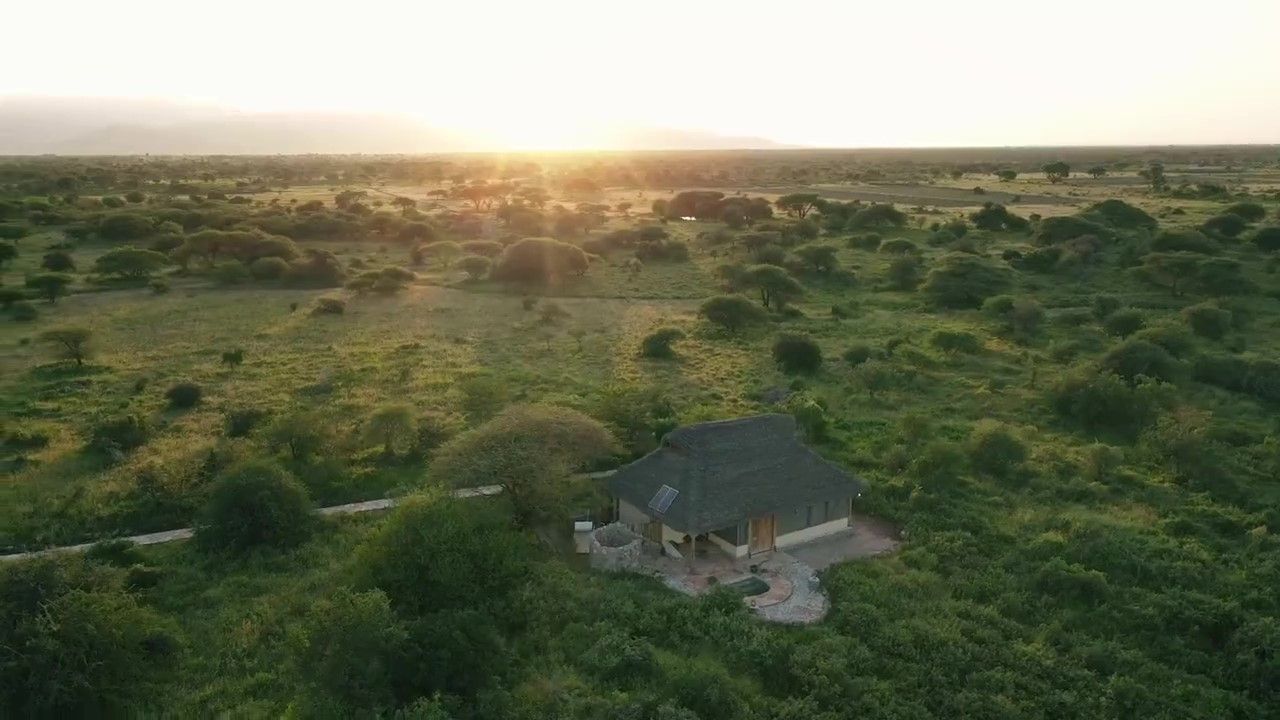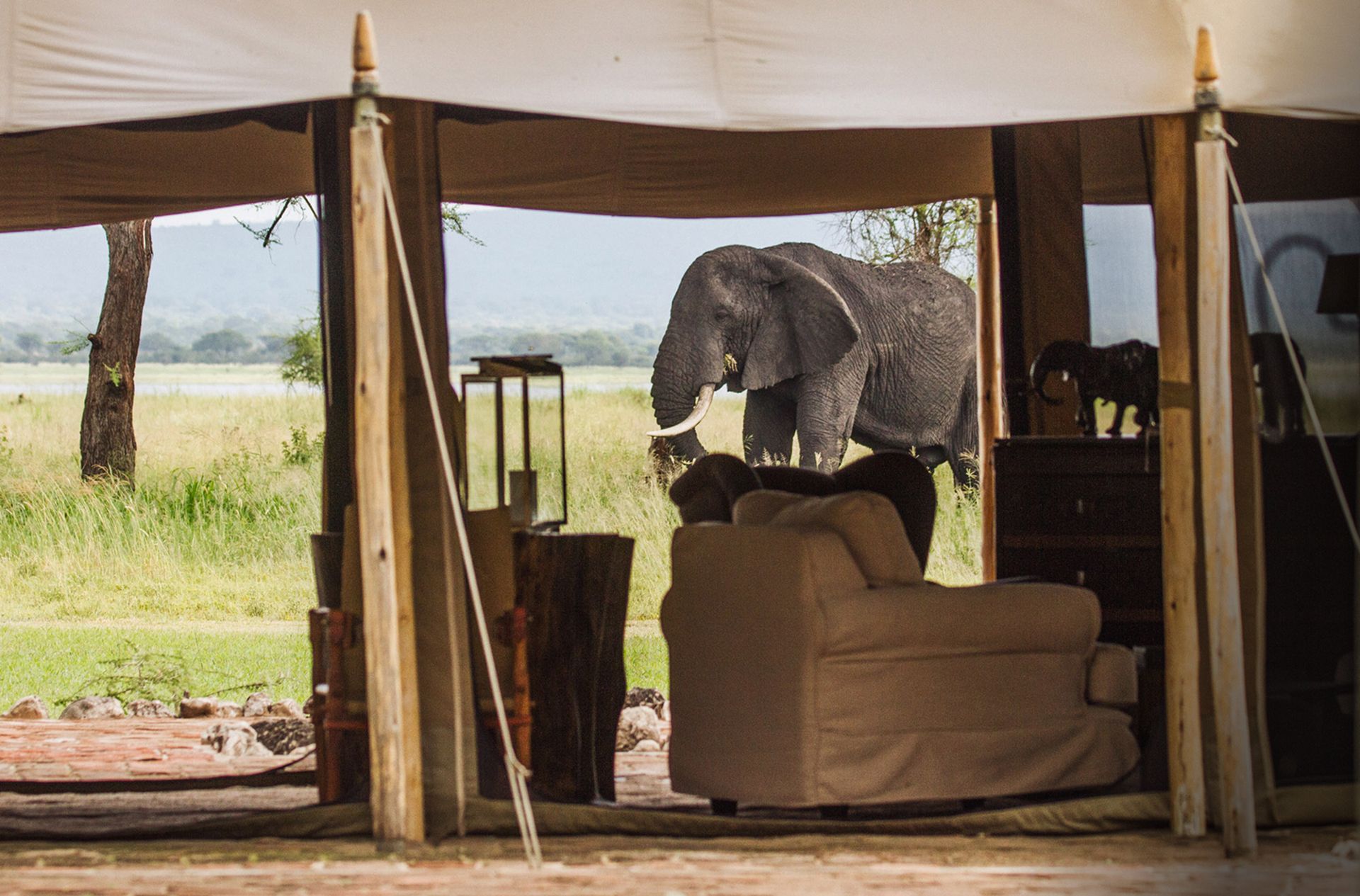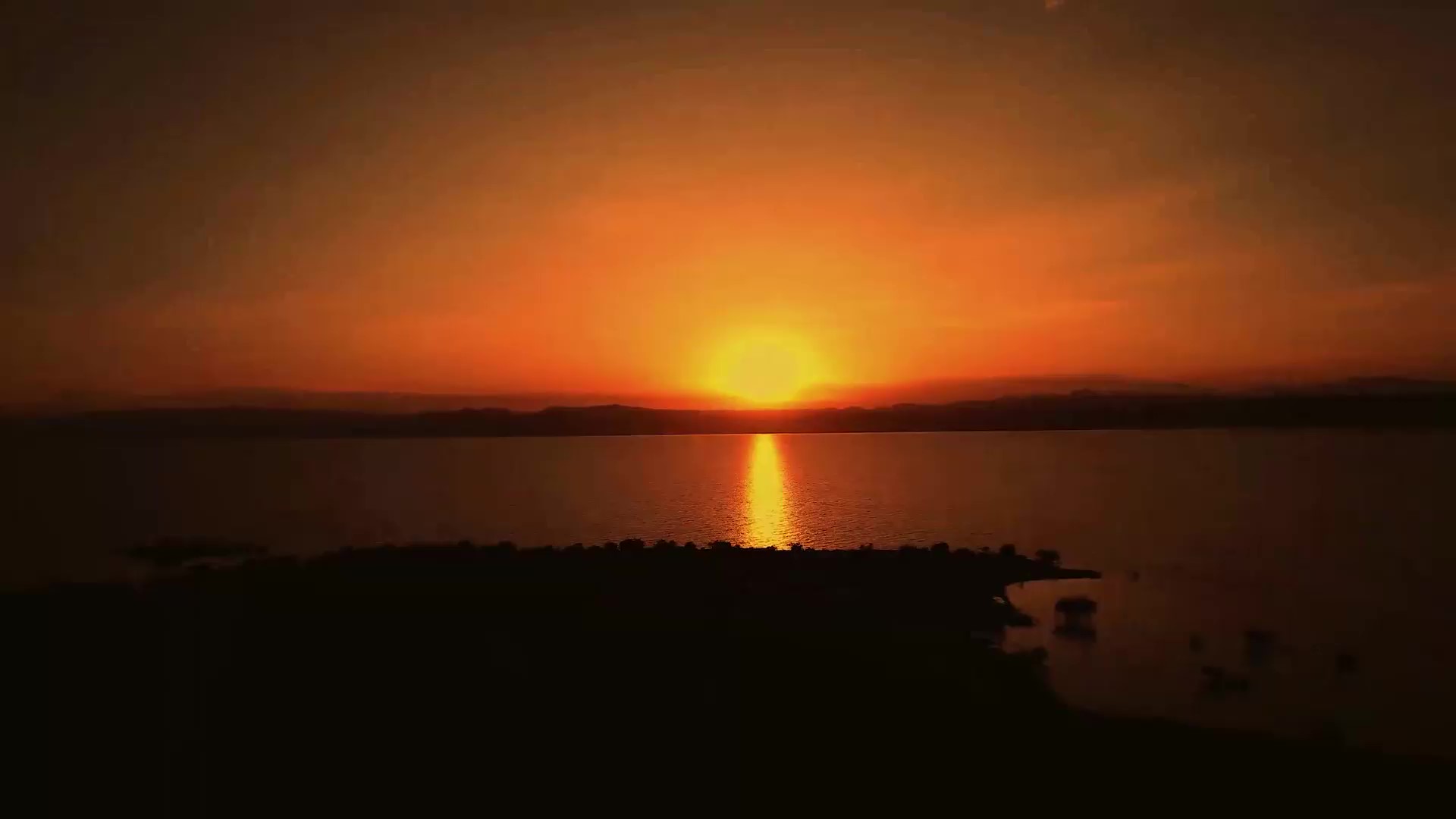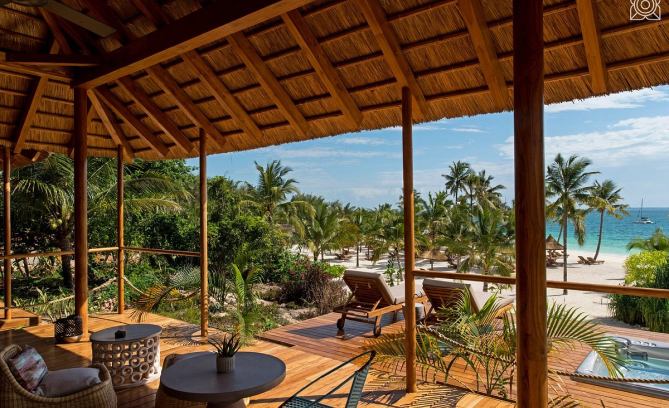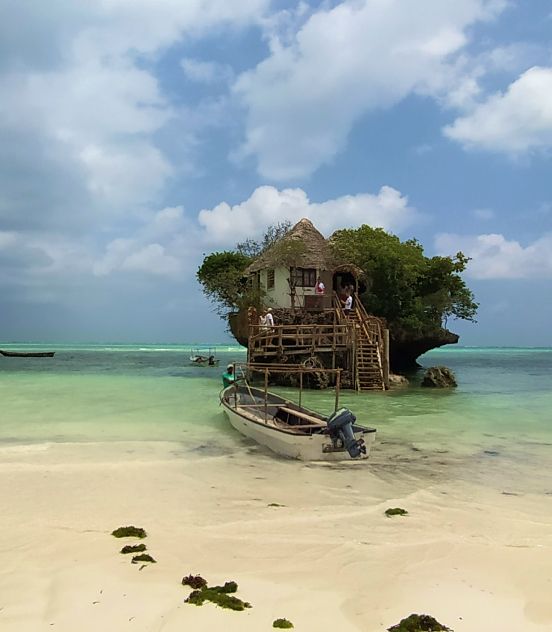Explore Tanzania
Your guide towards adventure
With its breathtaking landscapes and extraordinary wildlife, Tanzania offers more than just a trip – it offers an escape.
Discover the wonders of Tanzania through our map. Let yourself be inspired to plan your personalized adventure across this beautiful country. Click on each point to learn more about the places awaiting you on your next safari.
Arusha National Park
Discover
Manyara National Park
Discover
Tarangire National Park
Discover
Ngorongoro crater
Discover
Serengeti National Park
Discover
Mount Kilimanjaro
Discover
Mount Meru
Discover
Selous-Nyerere Park
Discover
Ruaha National Park
Discover
Mahale Mountains National Park
Discover
Zanzibar
Discover
Ndutu
Discover
Saadani National Park
Discover
Katavi National Park
Discover
Rubondo Island
Discover
Lake Natron
Discover
Pemba Island
Discover
Mafia Island
Discover
Stone Town
Discover
Karatu
Discover
« Karibuni Tanzania »
Welcome to Tanzania
It is the ideal destination for safari enthusiasts, especially thanks to its incredible national parks. The country also boasts other natural wonders, such as Mount Kilimanjaro, which rises to over 5,895 meters, Zanzibar, the famous spice island, and the stunning Rift Valley, a unique escarpment in the world.
Moreover, Tanzania is home to a rich variety of wildlife that inhabits its savannah parks and lush forests. The Serengeti, which means "endless plains" in the Maasai language, is the site of the annual migration of thousands of animals.
During your stay, you will also have the chance to meet some of the many tribes present in Tanzania, including the Maasai, warriors and herders since the 15th century. The country is home to more than 120 different ethnic groups.
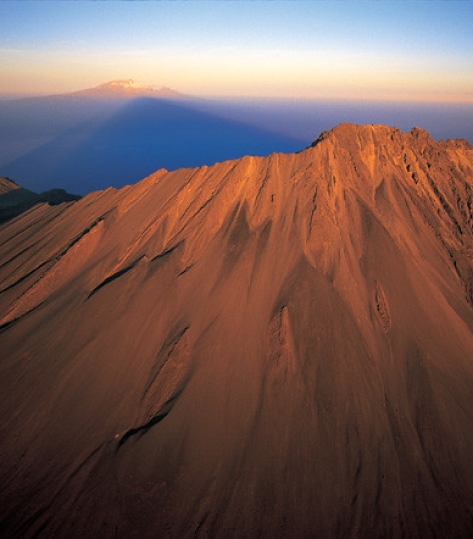
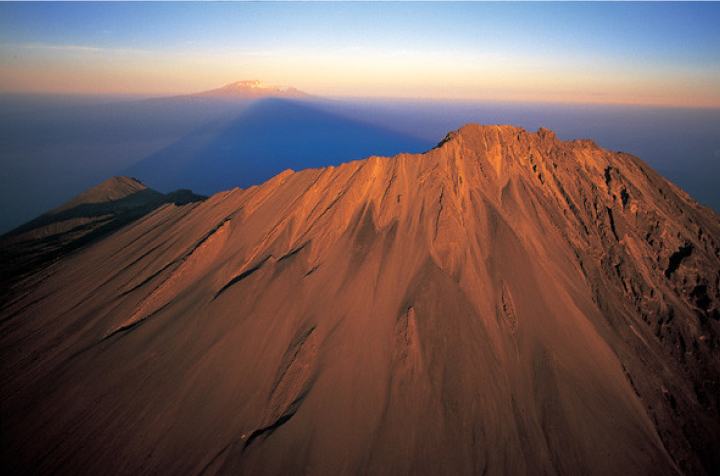
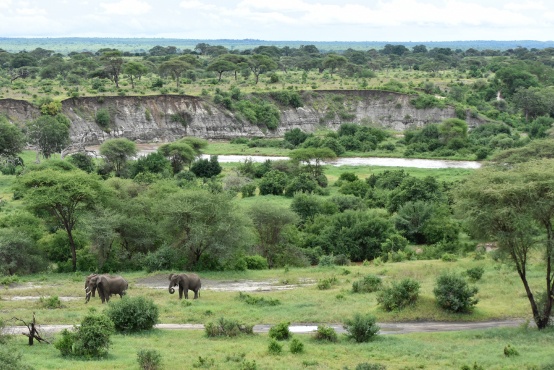
The capital of the country is Dodoma. It is a multiparty presidential federal republic. With an area of 945,087 km², Tanzania has a population of around 50 million people. The country has two official languages: Swahili and English, while Arabic is also spoken in the islands. Tanzania is bordered by Kenya and Uganda to the north, Rwanda and Burundi to the west, the Democratic Republic of the Congo, Zambia, Malawi, and Mozambique to the south. It also has natural borders, including Lake Victoria and the Kagera River to the north, Lake Tanganyika and Lake Malawi to the west, and the Ruvuma River to the south.
Additionally, the eastern coastline is lapped by the Indian Ocean, which includes the Zanzibar Archipelago, composed of two main islands: Pemba and Unguja, as well as Mafia Island. The country is traversed by the Great Rift Valley, a series of fault lines dating back millions of years. Furthermore, Tanzania is home to a significant number of volcanoes, including Kilimanjaro, the highest peak on the African continent, and Mount Lengaï, which erupts a unique type of lava: carbonatite, which turns white as snow when it cools.

